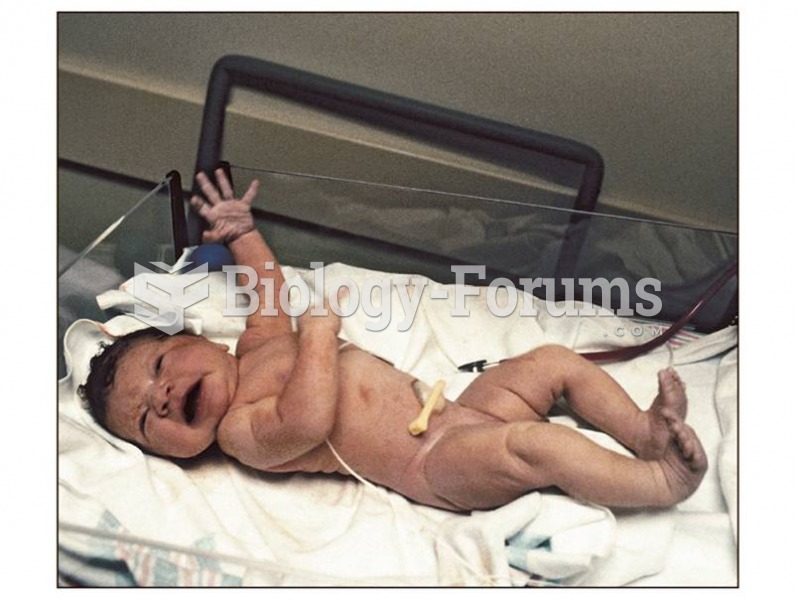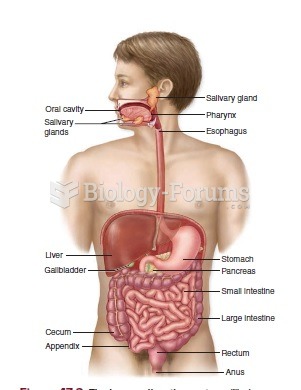Answer to Question 1
Human patient simulators are programmable mannequins on which students can practice medical procedures. The simulator has liquids flowing through its blood vessels, inhales oxygen and exhales carbon dioxide, produces heart and lung sounds, and has eyes that open and close, pupils that dilate, and a tongue that can swell to simulate an allergic reaction. The student can perform electrocardiography, take the pulse, and measure blood pressure and temperature. Medications can be administered intravenously; the mannequin reads the barcode and reacts as it has been programmed to react. Students can practice intubations and needle decompression of pneumothorax (accumulation of air or gas in the lung); chest tubes may be inserted. Different types of patients can be simulated, including an infant, a healthy adult, a woman experiencing problems with pregnancy, and a middle-aged man suffering from hypertension.
iStan, according to its manufacturer, METI, is the first real breakthrough in medical mannequin technology in 30 years. It is completely wireless. It was designed around a human-like skeleton; its arms, neck, spine, and hips move. Its skin looks and feels human. It can sweat, breathe, drool, cry, and bleed. Its eyes are fully reactive. Patient sounds are clearer than in previous simulators. Procedures such as defibrillation, chest tube, catheterization, and needle decompression can be performed on iStan. iStan comes with new patient monitoring software identical to a real patient monitor that is wireless and can run on a touch screen or tablet computer.
In 2008, the American Board of Internal Medicine let cardiologists renew their board certification by performing procedures on Simantha. Simantha is a life-size patient simulator for cardiologists. The simulation includes monitors that mimic displays in angiographic suites and multimedia characters.
These mannequins can be used in classrooms or in simulated emergency situations. A crowded corner of an emergency room can be simulated, with noise, time limits, and physical constraints for the student. This brings the simulation even closer to reality. METI LiVE lets the user create hospitals or disasters using several patient simulators. Patient simulators can be transferred virtually from ER, to OR or ICU and create a real hospital environment or any health care environment with multiple patients in various stages of treatment, multiple points of care and multiple care givers.
There are many patient simulators that focus on a particular type of patient and specific skills. The first childbirth simulator (not a virtual reality simulator) was created in 1949; now, there are several. There are simulators for teaching laparoscopic and endoscopic procedures in interaction with models. PelvicExamSIM teaches medical students how to do pelvic exams. There are simulations of heart attack, drug overdose, vehicular accidents, effects from weapons of mass destruction, bio-terrorism. SimMom is an interactive birthing simulator made by Laerdal, which also makes an infant CPR simulator.
Answer to Question 2
adverse







